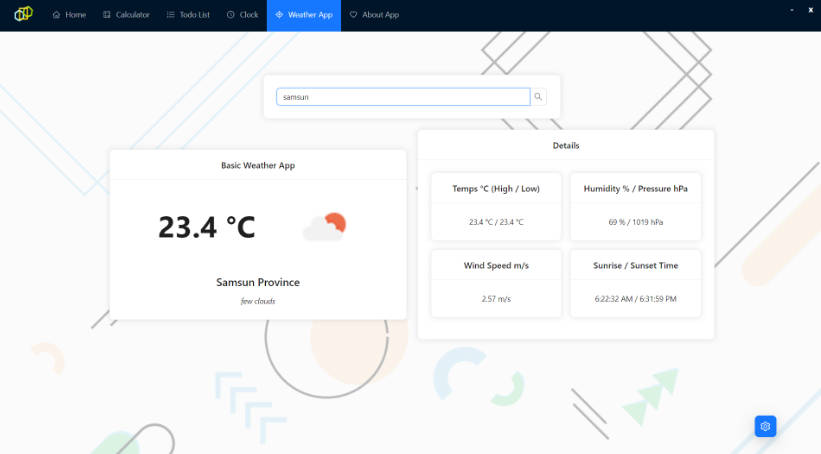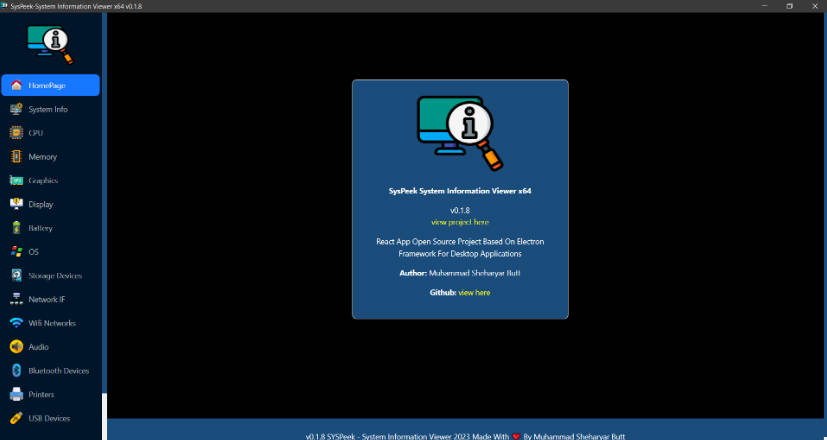remix-electron
Electron integration for Remix
Setup
Use degit to create a new project from the template.
npx degit itsMapleLeaf/remix-electron/template my-desktop-app
Adding to an existing project
Install dependencies:
npm i remix-electron electron @remix-run/dev @remix-run/node @remix-run/server-runtime react react-dom
Add a file at desktop/main.js to run the electron app. The initRemix function returns a url to load in the browser window.
// desktop/main.js
const { app, BrowserWindow } = require("electron")
const { initRemix } = require("remix-electron")
const remixConfig = require("../remix.config")
let win
async function createWindow(url) {
win = new BrowserWindow({ show: false })
await win.loadURL(url)
win.show()
}
app.on("ready", async () => {
try {
const url = await initRemix({ remixConfig })
await createWindow(url)
} catch (error) {
console.error(error)
}
})
Now run npx electron desktop/main.js to start the app! ?
Using Electron APIs
Importing "electron" directly in route files results in Electron trying to get bundled and called in the browser / renderer process.
To circumvent this, create a electron.server.js file, which re-exports from electron. The .server suffix tells Remix to only load it in the main process. You should use .server for any code that runs in the main process and uses node/electron APIs.
// app/electron.server.js
export * from "electron"
Note for TypeScript users: The way that the Electron definitions are written doesn’t let you do this in a .ts file. Instead, add this
.d.tsfile next to the.jsfile:// app/electron.server.d.ts import * as electron from "electron" export = electron
Likewise, for any code running in the renderer process, e.g. using the clipboard module, you can use the .client suffix. Renderer process modules require nodeIntegration.
// desktop/main.js
let win
function createWindow() {
// ...
win = new BrowserWindow({
// ...
webPreferences: {
nodeIntegration: true,
},
})
}
API
initRemix({ remixConfig[, mode] })
Initializes remix-electron. Returns a promise with a url to load in the browser window.
Options:
-
remixConfig: The remix config object. Require it fromremix.config.js. -
mode: The mode the app is running in. Can be"development"or"production". Defaults to"production"when packaged, otherwise usesprocess.env.NODE_ENV.
Motivation
Electron has a comprehensive list of security recommendations to follow when building an app, especially if that app interacts with the web. Which includes, but is not limited to:
- Using
preload.jsfiles to expose specific electron functionality to your app, via globals - Using IPC communication
- Avoiding
remote.require(which has since been removed)
These practices can lead to a lot of awkward boilerplate and splitting up related code across multiple files and domains.
With remix-electron, you can freely use Electron APIs in Remix loader functions. It’s a Node process with full Node capabilities, with access to the full Electron API, none of which runs in the browser.
The browser only receives data and renders a view. Additionally, you can neatly colocate your main process code right beside the related renderer code in a route file.
Thinking about it another way: it’s like a normal Remix web app, except Electron is your backend.






